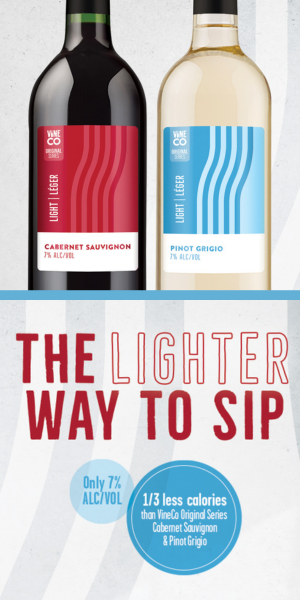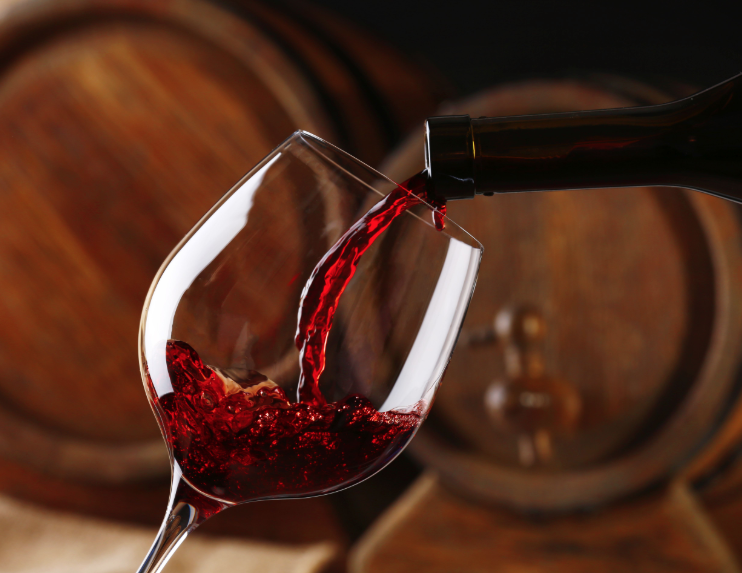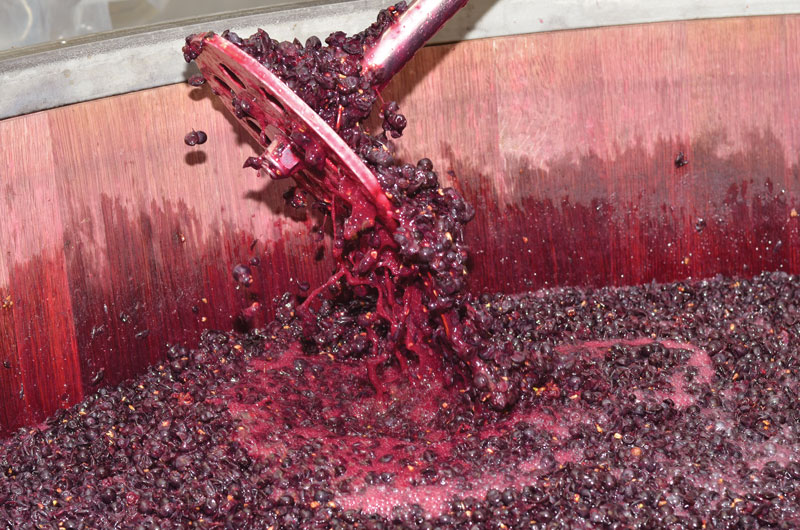Benchtop trials are an important part of wine production when changes to aroma or structure are desired to achieve a more balanced, pleasing beverage. For aroma this may mean protein, yeast cell, or copper fining to remove negative aromas. For structure this usually means either adding additives to change the acidity or residual sugar, or adding fining agents to change the bitterness and astringency. Benchtop trials are also used to determine fining rates for protein stability, and can also be handy when blending, fortifying, or determining other adjustments to make before doing so to the entire batch.
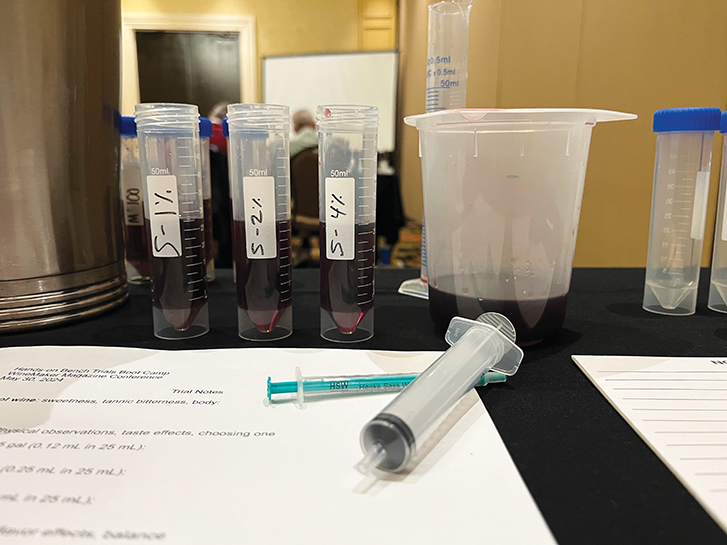
Sensory Analysis
One of the most important aspects of benchtop trials is sensory analysis. Almost all benchtop trials are in some way relying on human perception to determine the best additive or fining agent addition rate. Because human aroma and taste perception is variable, it can be helpful to have more than one person evaluate the trial. Your individual perception of aromas, or your individual assessment of balance in wine, may be different from others. Of course, as a home winemaker who isn’t worried about selling your wine to the masses you can craft a wine to be its best in your own opinion, but the whole point of wine drinking is to enjoy it in the company of others. In that vein, having a second or third opinion can’t hurt.

For your own sensory assessment, it’s important to be able to split wine into its component parts. This can be difficult because wine is complex and some wine components enhance the perception of other components, while some diminish the perception of others. For instance, sugar and acidity diminish one another (high sugar levels will make a high-acid wine seem less acidic), while acidity and astringency enhance each other (higher acid levels will be perceived as more astringent than a wine with similar astringency at a lower acid concentration). Some winemaking authors have described wine balance as a teeter-totter between the perception of sweetness on one side and the perception of acidity and astringency on the other (illustrated in Figure 1).
If you struggle to deconstruct wine components it may help to taste these components individually and then in blends. For instance, you could taste lemon juice and sugar solutions in different strengths and blended. Then, taste alum (astringent) and coffee or tea (bitter, and sometimes also astringent), and blend again to see how sugar and acid interact with astringency.
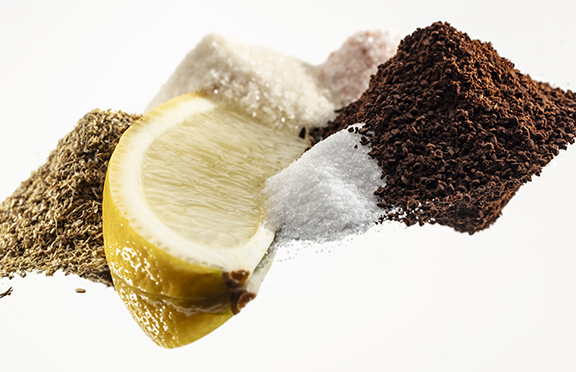
Blending Mathematics, Concentrations, and Issues of Sample Size
Besides honing your sensory perception, there are two more interrelated challenges to successful benchtop trials: The math and the sample size.
The first problem is that winemaking additives may come in either solid form with units of mass (e.g., grams of sugar) or liquid form with units of volume (e.g., milliliters of gelatin solution), but the way we generally discuss additions is in units of concentration in the total wine volume (g/L, mg/L, g/hL, etc.). Thus, some additive amounts are relatively easy to calculate, like the mass of tartaric acid needed to raise the acidity of the wine by 1.0 g/L. If we know the sample volume for each level in the benchtop trial is 50 mL (approximately a 1.5-oz. pour), then the quantity of tartaric acid required to raise the acidity by 1.0 g/L in the sample would be:
x g TA = (1.0 g TA/L sample) × (1 L sample/1,000 mL sample) × (50 mL sample) =
0.05 g TA or 50 mg TA
The above equation is an example of using unit conversions and cancellation of units that appear in both the numerator and denominator to solve the equation, which is known as dimensional analysis or the factor-label method. This method works well if you always label each factor completely with both the unit of measure and the thing being measured (e.g., grams of tartaric acid). Once you solve the equation for one level of a trial it is easy to plug in other trial levels (0.5, 1.0, 1.5, 2.0 g/L TA addition) to calculate the addition rate of each level.
If you’ve read this far you can see a potential practical problem with the bench trial proposed above. How do I accurately weigh out 0.05 grams of tartaric acid? You could purchase a scale capable of measuring milligrams — there are some moderately priced scales available that read a limit of 0.01 g. Another method is to make a high concentration solution first and then add a precise volume of the high concentration solution to the benchtop sample. This liquid-to-liquid additive calculation is where keeping track of units gets more complicated. Let’s say we mix up a 10% solution (100 g/L) of tartaric acid. You could use the dimensional analysis method to obtain the correct volume of addition of the 100 g/L solution to obtain a 1.0 g/L TA addition in a 50-mL sample:
x mL 100g/L TA soln =
(1.0 g TA/L sample) × (1 L sample/1,000 mL sample) × (50 mL sample/ 1 ) × (1 L TA soln/100.0 g TA) × (1,000 mL TA soln) / (1 L TA soln) =
0.5 mL 100g/L TA soln
This equation is a little complicated because we have both the volume of sample and the volume of the 100 g/L TA solution to track, and we’re doing several unit conversions from liters to milliliters. If we were to keep the additive concentration and the desired concentration in the sample in the same units, as well as the additive volume and sample volume in the same units, the equation could
be simplified to:
x volume of additive solution =
desired additive concentration × sample volume / additive solution concentration
The above equation works best when the concentration of the additive is much greater than the concentration in the sample, so that the volume of the additive is small compared to the total sample volume. For instance, in the example equation with tartaric acid, the equation doesn’t take into account the fact that we are increasing the volume of liquid in our sample by 1% with a 0.5 mL addition, thus we are diluting the concentration of the additive slightly and the actual concentration would be about 1% less than the goal. We could then iteratively increase the sample volume in the above equation to get a more accurate number, but another way to solve this problem is by considering this a blending problem. We can use the Pearson’s square for this purpose, or the common algebraic equation for blending (available in any basic chemistry text) where the concentration in the blend is equal to:
Cb = [(C1 × V1) + (C2 × V2 )] / (V1 + V2 )
Where C1 is the concentration of the first blending agent, C2 is the concentration of the second blending agent, V1 is the volume of the first blending agent and V2 is the volume of the second blending agent, and Cb is the concentration of the blend. If we consider C1 and V1 the concentration and volume of the benchtop trial sample we are trying to create, and V2 represents the additive concentration to add to the sample volume, we can rearrange the equation to solve for V2, the volume of the additive to add in order to achieve the desired additive concentration in the benchtop sample.
V2 = (Cb – C1)/(C2 – Cb) x V1
In the case of the tartaric acid trial above, the equation would be:
V2 = (1.0 – 0.0)/(100.0 – 1.0) x 50 mL = 0.505 mL
The simplified equation for calculating additive volume is also not completely accurate when there is already some of the additive in the sample and we are trying to increase the concentration of the additive (as in the case of the tartaric acid in wine, for example). Here again, the blending equation will give a more accurate addition rate than the simplified additive equation, but you will need to know the concentration of tartaric acid in the sample and use that in the equation. The bottom line, for most fining agents — which are not already in solution and are added at very small volumes — the simplified additive equation works great. For things like tartaric acid and sugar, which are commonly added in g/L quantities and may already be in the sample, adding by weight is probably preferable, and if adding by concentrated solution the blending equation should be used for accurate results.
This leads to another common question, which is how to add very small volumes of additive to a sample. You can find graduated or serological pipettes that have volume markings down to about 0.1 mL, but below this volume you will need to purchase a micropipette. Micropipettes have a geared assembly with a dial that is set to the desired dispense volume and disposable tips. A 20–100 μL and a 100–1,000 μL pipette will cover the range of volume required for most fining experiments. Micropipettes have a specific sequence of operation, so if you’ve never used one it’s helpful to watch an online video to observe the technique. If you don’t want to purchase micropipettes, you can decrease the concentration of the additive (so that you add more volume to get the same addition rate), with the caveat that you don’t want to add so much additive volume that it makes up a significant percentage of the benchtop sample volume. The other option to increase the additive volume is to increase the volume of the benchtop trial sample.
If all this seems like too much, there are Microsoft Excel sheets floating around the web, as well as online calculators to determine additive rates for fining trials (e.g., AWRI has an online calculator found here: www.awri.com.au/industry_support/winemaking_resources/calculators/fining-trial). Some additive suppliers also give instructions for typical fining rates for their products, as well as fining trial calculations for standard sample sizes (for example, Scott Labs has online benchtop trial calculation sheets for many of their fining agents). Often, suppliers use 750-mL samples for benchtop trials, but if you don’t need that much for your trial you can decrease the sample volume and additive addition proportionally.

Performing Benchtop Trials
When you make an addition to the samples they should be mixed in well and allowed to settle before trialing them. Some fining agents may require a set period to interact before trialing, so follow additive manufacturer recommendations regarding when to evaluate the samples. Once you decide on a fining rate, it’s also important the fining agent is well-mixed when added to the entire wine lot so that the fining agent has a similar performance to the benchtop trial.
For determining aroma changes it can be helpful to place a watch glass over the samples so that the aromas don’t mingle. Sensory scientists might recommend randomizing the sample order when evaluating benchtop trials, but in practice I’ve found this is often more trouble than the potential benefit in eliminating sample order bias, so I usually just taste them in order of increasing addition. For copper fining trials, it can be helpful to evaluate in the order from highest addition rate to lowest, so that your nose is not impacted by the high level of reductive aroma in the control.
Finally, consider where you are performing your trials. If there are background aromas, they can hamper your ability to assess the benchtop trial. Performing trials in an aroma-free environment, or at least outside of your production area, is best.
Conclusions
Benchtop trials are an exciting way to tweak wines that are slightly out of balance or perhaps have a bit of an aroma fault. They can also be educational in terms of building your own sensory abilities regarding how sugar, acid, bitterness, and astringency come together to make a pleasing wine. However, it’s usually not possible to make dramatic changes in aroma or structure with a benchtop trial, so careful winemaking is still critical to producing quality wines.
